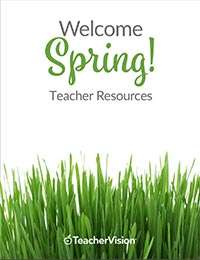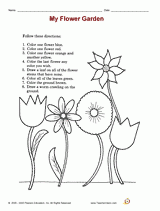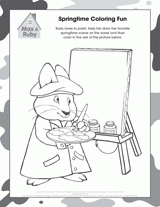Use a School Readiness Activity to provide early mathematics thinking experiences for preschool children that will prepare them to do well in the early grades.
Grades:
Subjects:
Ordering by Distance: Near or Far
Purpose/Skills
- To understand the difference between near and far distances
- To use dramatic play to show understanding of near and far
Materials
Reference chart for models of distance; a healthy snack, such as cereal bits; pictures that demonstrate near and far, for the Enrichment activity
Read The Three Little Pigs by James Marshall. Ask children to pretend to be the mother pig and wave good-bye to the three little pigs. Ask three children to pretend to leave and go far away. Talk about near and far.
Vocabulary
near
far
Warm-Up
- Outside, play a game of "Near and Far."
- Divide the class into three groups. Each group is a distance from the others: Pigs in the straw house, pigs in the house of sticks, and pigs in the brick house.
- Choose a child to be a wolf and go far away and then come near to the group.
- When the wolf is far away, the children hum softly. When the wolf is near a particular house, the children repeat, "Wolf is near," until the wolf moves far away or near another pig's house.
- Let several children have a chance to be the wolf.
Procedure
- Introduce children to the reference chart. Identify the concepts of near and far and help them read the chart. Ask children to recall the story of the three little pigs. Ask one child to be the wolf and the rest to be pigs.
- Ask the wolf to go far away--as far away from the group as he or she can get. Identify that distance for children as far and close to you as near. Where is the wolf? (far) Where are you, my little piglets? (near) Invite the wolf to come near, and feed him or her some cereal snacks. Choose another wolf to go far away and come near. Continue until all children have a turn.
Collect some pictures that show people, animals, or objects at distances of near and far. Put them in a center and help children sort the pictures into near and far. For children who experience difficulty, provide additional physical experiences of near and far.
Observation Assessment
- Proficient - Child can come near or go far, and can identify near and far in a picture.
- In Process - Child can come near or go far, but has difficulty identifying near and far in a picture.
- Not Yet Ready - Child does not yet understand near or far, and does not identify near and far in a picture.













